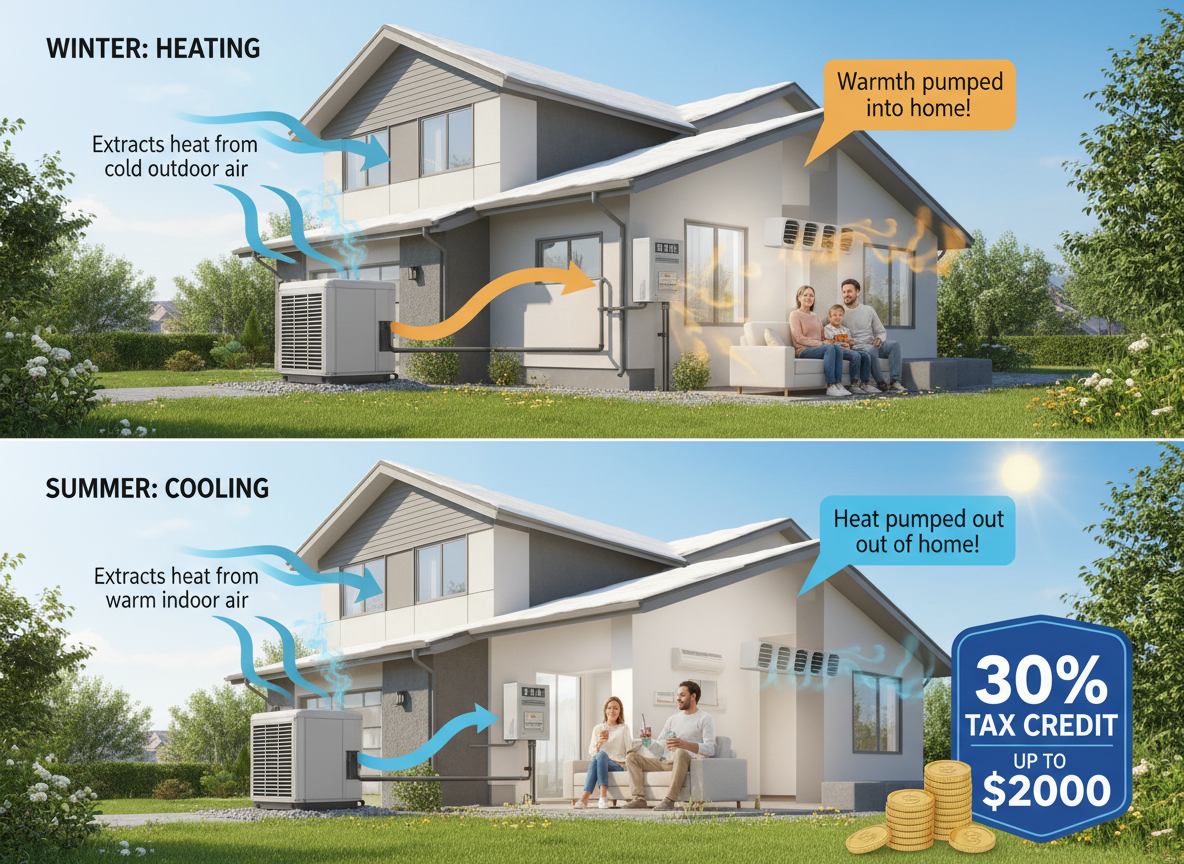
What is the Difference between the Two?
If you have a central air system, then you are most likely aware that there is a network of ducts either in the attic or behind the walls. The ducts are connected to every room in your home and are responsible for carrying air to and from your heating and cooling system. Another component of your HVAC system are the vents. In order for air to enter and exit the network of ducts vents are also needed. This is where the difference lies between supply vents vs return vents. In this article, we will discuss the differences between supply and return vents.
Supply Vents
The supply vents are connected to your supply ducts and blow the conditioned air into your indoor spaces. The air coming from these vents has traveled from your heating and cooling system and through your ductwork and out of the supply vents. Supply vents are typically smaller than return vents and are found high up on the walls or the ceilings. They are easy to identify because they are the only vents you will feel air coming out from.
Return Vents
The return vents in your home are connected to the return ducts, they pull air out of your indoor spaces and deliver it to your heating and cooling system. Return vents are typically larger in size than the supply vents and you will not feel any air coming out of them.
How To Maximize Performance
When your HVAC system is on, it is not just blowing out conditioned air it is also sucking air out of the rooms to keep a balance in your ductwork. There are a few steps you can take to make sure both your supply and return vents are performing at their best. Do not block any vents by closing them off or with furniture or other objects. Also, to improve airflow you should open doors to rooms in the home. Closed vents or doors do not save energy and will throw the balance off and increase the pressure inside of the ductwork which could lead to duct leaks. Furthermore, unbalanced pressure in your ductwork would cause your home to be less comfortable. It is one of the reasons why it is so important to work with a qualified, licensed contractor when replacing or installing a new HVAC system. Quality installation is essential for a properly working and to maintain efficiency of your HVAC system. Keep in mind that, no matter what HVAC system you have in home a well fitted quality air filter is essential in keeping high indoor quality, a system running at maximum efficiency and to minimize any costly repairs.
Contact LA Construction, Heating and Air
If you have any questions about your HVAC system or if you need to schedule an appointment for service give us a call today at 818-341-3406 or contact us online. We offer diagnostic services, repair and offer free consultations for replacement and installation. We are here to help you!
Supply Vents vs Return Vents Related Posts:






















.png)














